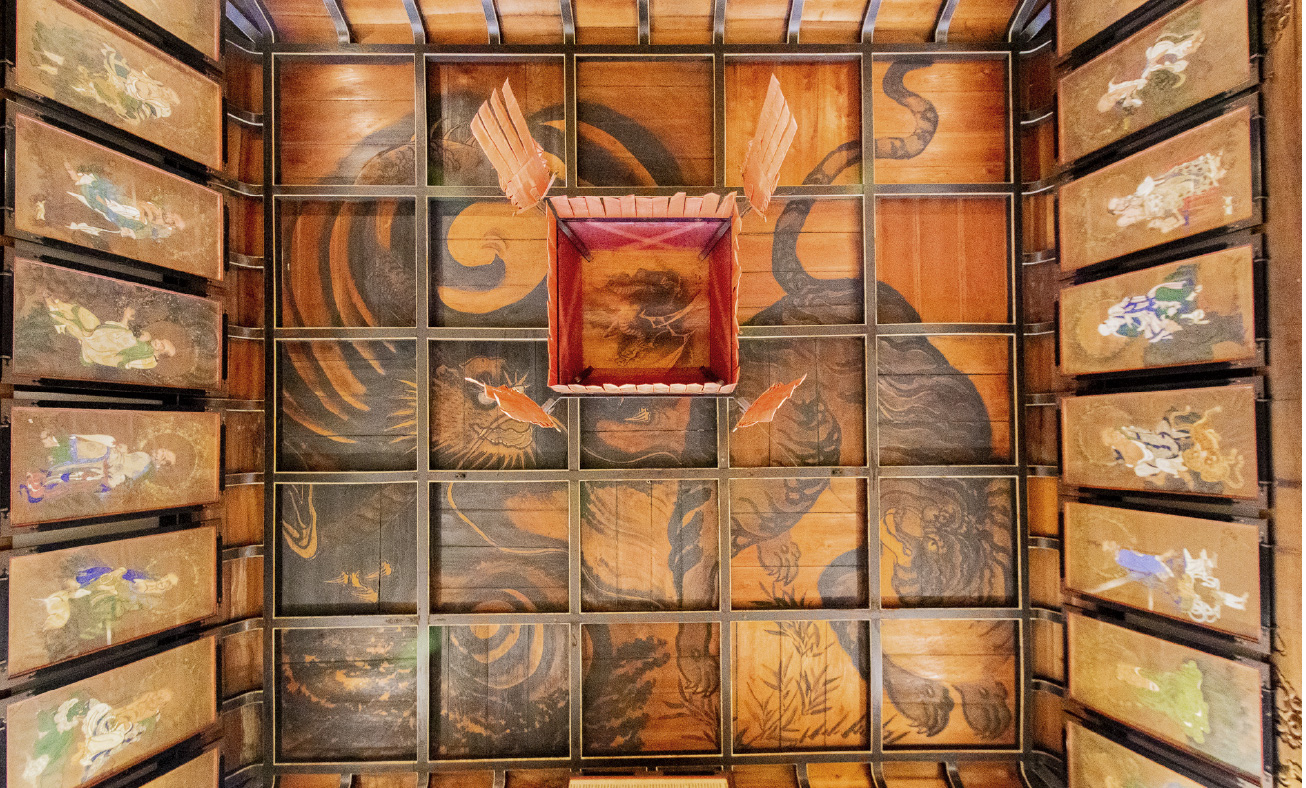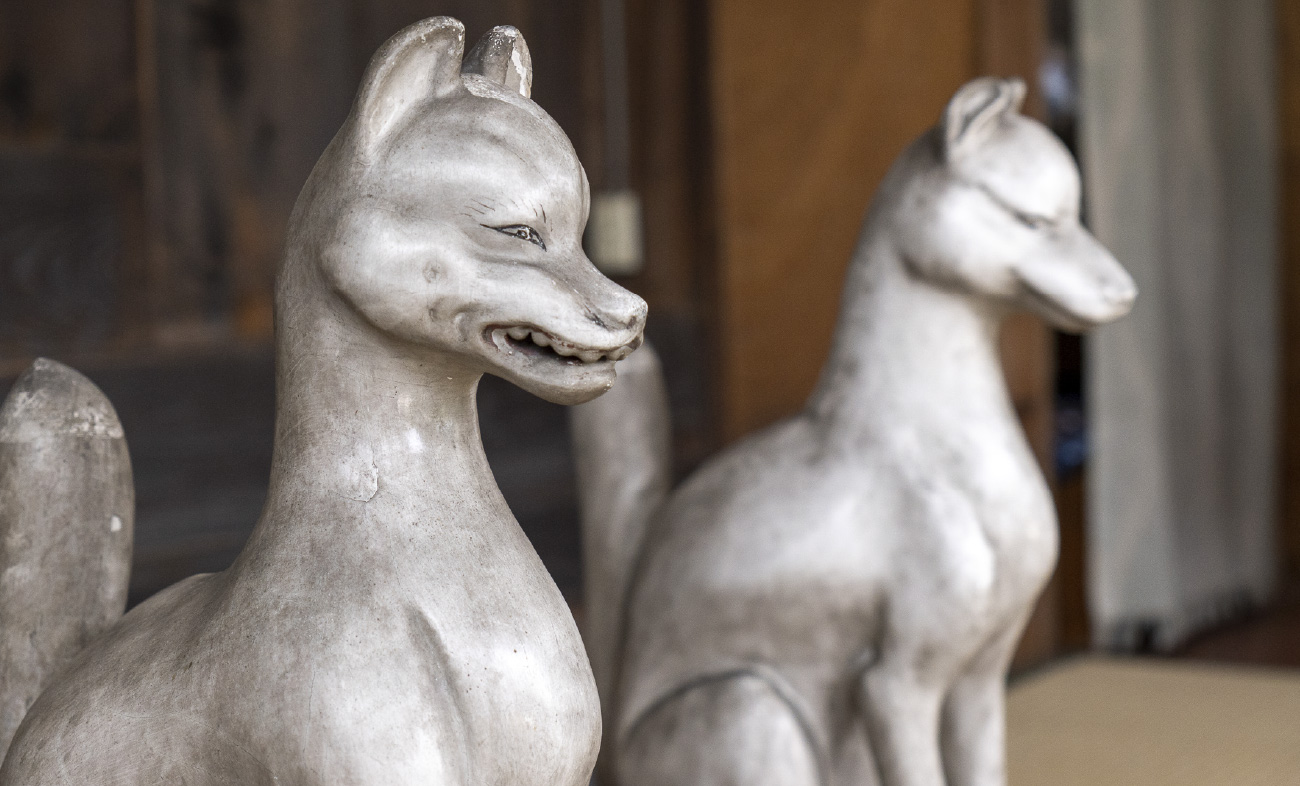

About Zen-doji
Zendōji Temple, officially known as Kōmyōzan Goshinin Zendōji, is a direct affiliate of Chion-in Temple, the head temple in Kyoto. It was founded in 1644, following Naomasa Matsudaira’s move from Matsumoto.
The original state of the temple is unknown due to a fire in 1749 that destroyed the hall and affiliate records. However, according to the Un’yōshi, the main hall was relocated from Ōtsu Village in Izumo’s Kando District and was noted for its grandeur. It was rebuilt just three years later, in 1752.
The main hall was destroyed again in 1845 and subsequently rebuilt. In 1875, the building served as the Matsue District Court, and from 1878 to 1879, it functioned as a temporary campus for Matsue Junior High School.
The principal object of worship at the temple is a statue of Amida Nyorai.
Highlights
Zendo-ji consists of three precincts, the Jizo Hall, Kannon Hall, and Inari Hall. In the Jizo Hall, you can find statues of a Nursing Jizo and a Coughing Jizo, whilst the Kannon Hall houses the sacred Kannon Bodhisattva. In the Inari Hall, there is a pair of white fox statues created by the renowned craftsman Arakawa Kisai.


The ceiling painting in the main hall
In the vast space of the main hall, there is a powerful ink painting of a battle between dragons and tigers depicted with overwhelming force (18 feet in length, author unknown).

Inari Hall and the white foxes
Within Inari Hall, there is a shrine used to worship the god, Inari. Inari worshiping has been a family tradition of the Matsudaira clan for generations. During the reign of the 6th generation, Munenobu, there were frequent temple fires in various temples. It is said that encouraging fervent faith in the Inari Shrine would allow one to sense such warnings themselves. Spring and autumn festivals are held at the shrine, and during the era of Watami’s teahouse, this area was the liveliest. In this Inari Hall, there is a pair of white foxes created by Kamesai Arakawa in the 4th year of Ansei (1857). Additionally, there are ema (wooden votive plaques) dedicated to the women of the teahouse era displayed.
(Note1) Kamesai Arakawa (1827-1906) was a sculptor born in Yokohama-cho, Matsue City, Shimane Prefecture. He was renowned for his wood carved sculptures and was also an inventor of mechanical equipments.
- The painting of Lord Buddha and
the Sixteen ArhatsIn the vast space of the main hall, there is a central depiction of Lord Buddha, surrounded by portraits of the Sixteen Arhats. - Nursing Jizo and Coughing JizoThere is a hall dedicated to the Nursing Jizo and Coughing Jizo. The Nursing Jizo is worshipped by those seeking an abundance of breast milk for their children or praying for fertility. And the Coughing Jizo receives prayers from those who suffer from asthma and persistent coughs.
- The Kannon HallThe Kannon Hall is the fourteenth pilgrimage site of the Matsue Kannon Sacred Sites, and it enshrines a seated statue of Kannon Bodhisattva. The temple’s verse goes: ‘Shaping the wicked world, guiding it to goodness’, where even its name declares the temple’s mission






